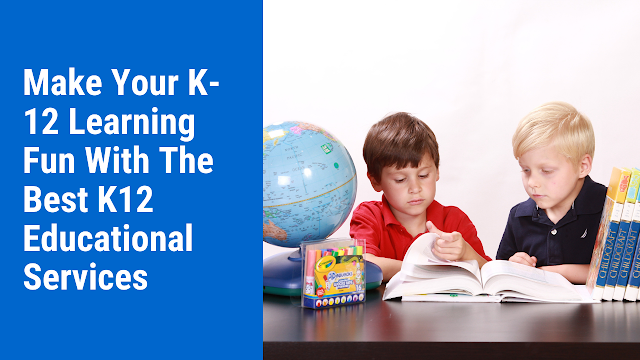How is E-Learning Different to You Than Regular Learning?
Ever since the pandemic shifted education to the virtual model, there has been a constant debate between the two modes of education.
Whether traditional learning methods were better or E-Learning solutions are advantageous, always remains a point of discussion.
While both the channels have their own advantages and disadvantages, it is always best to overview a comparative analysis of the two.
Comparison Between E-Learning Solutions and Traditional Learning:
Location
Traditional learning requires the learners to travel long distances for attending classes. Students also have to change cities and countries for the same.
On the other hand, E-Learning solutions come with the ease of studying anytime-anywhere.
Time
The factor of time plays a crucial role. Traditional learning is time-bound whereas E-Learning can often be facilitated according to the convenience of the learners and the teachers.
Not just this, the long hours of travel are also saved when digitized education takes place.
Cost-Effectiveness
While most people think that E-Learning is costlier due to its requirement of expensive gadgets, it is a myth.
This is so, because, E-Learning solutions demand one-time investments.
Thereafter this mode can function with minimal internet costs.
However, traditional learning proves to be costlier with its requirements of travel, pen-paper-books, electricity bills, etc.
Face to Face Interaction
While E-learning solutions also offer live face-to-face interaction over video platforms, real-time physical and face-to-face interaction cannot have a substitute.
This implies that traditional learning allows actual human interaction which is always fruitful, especially while learning.
While students have elongated access to ask queries from their teachers on E-learning platforms, traditional classrooms come with the advantage of instant conversational interaction.
Quick Learning
E-Learning solutions are at the advantage of quick learning. On the other hand, traditional learning is slow-paced and time-consuming.
A lesson or concept that may take at least five classes to be completed in the traditional model, can be completed in a few videos that explain the concept well.
Practical Implementation
Traditional learning is inclined towards rote learning. E-Learning on the contrary supports real-life education.
This implies that traditional learning is more theoretical, whereas, digitized learning equips the learners with crucial professional skills.
Conclusion:
Thus, while e-learning solutions stand at an advantage for many dimensions of education, traditional education cannot be totally replaced.
A combination of both, known as Blended learning can prove to be a fruitful alternative in today’s day and age.
Source- https://telegra.ph/How-is-E-Learning-Different-to-You-Than-Regular-Learning-04-05

Comments
Post a Comment